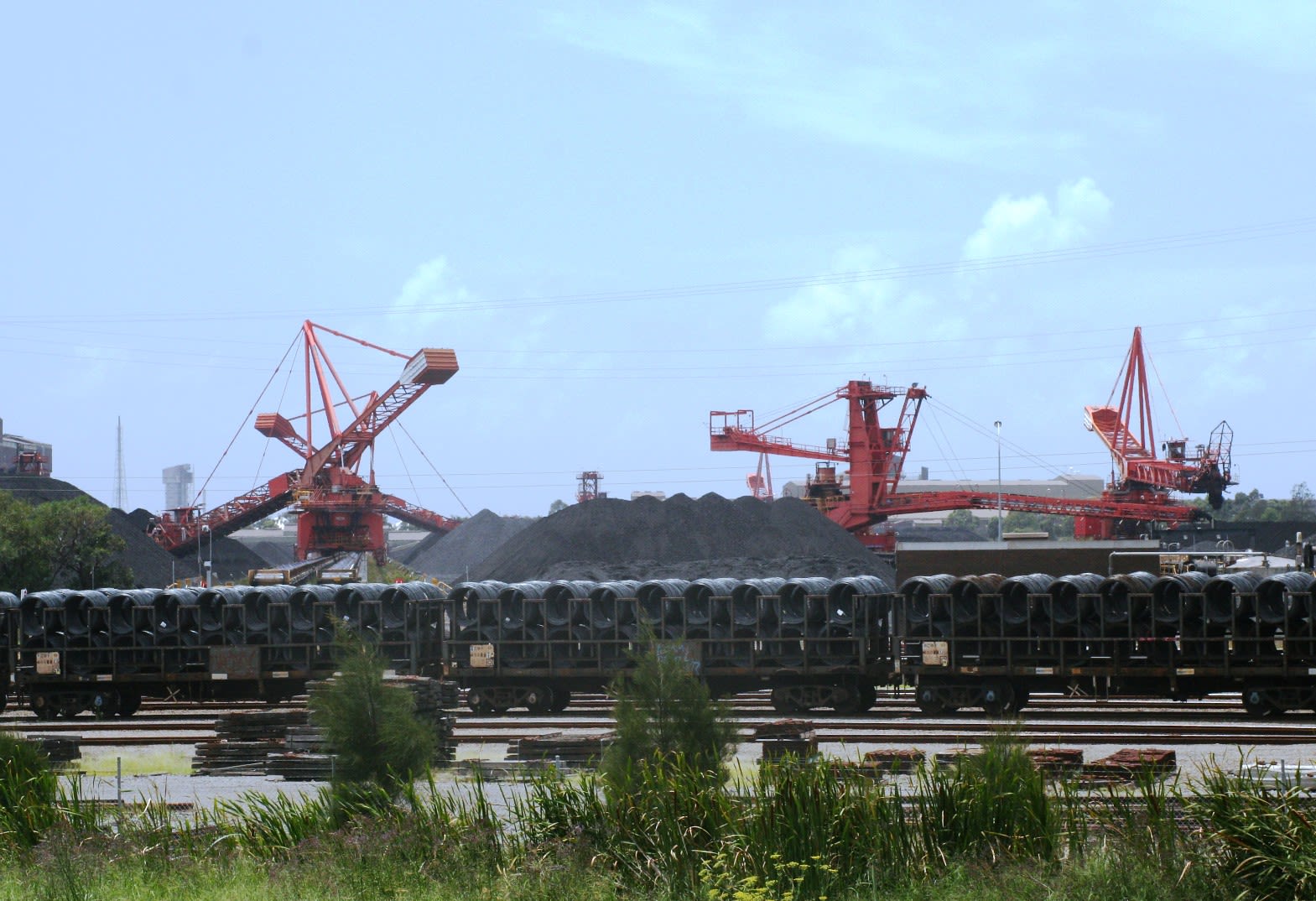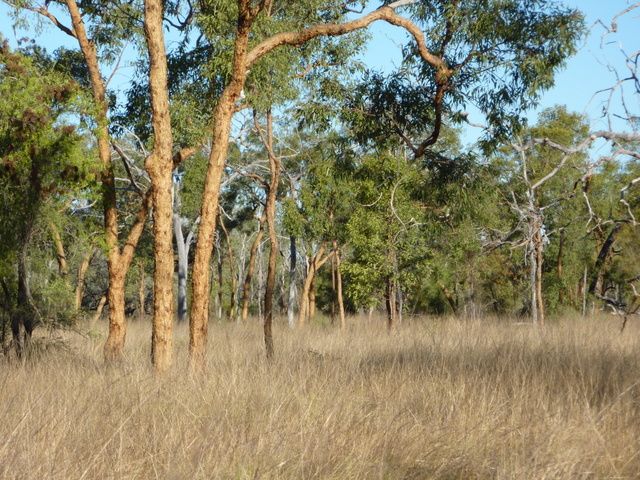Waratah Coal Case

The Waratah Coal Case in Queensland, Australia, represents a landmark moment in the intersection of environmental advocacy, human rights, and the preservation of indigenous cultural heritage.
Spearheaded by Youth Verdict and The Bimblebox Alliance, this legal challenge addressed the potential catastrophic environmental impacts of coal mining expansions and the government's endorsement of such projects. Indigenous communities, advocating for their cultural and territorial rights, were central to the case, emphasizing their sacred connection to the land.
In a significant legal development, the Queensland Land Court advised against approving Waratah Coal Pty Ltd's mining lease and environmental authority due to concerns over climate change, the potential destruction of the Bimblebox Nature Refuge, and human rights implications. This decision underscored the project's expected CO2 emissions and associated environmental damage.
Murrawah Johnson, Co-Director of Youth Verdict, stressed the importance of including First Nations' perspectives in addressing climate change: “First Nations peoples and our cultural rights are barely addressed in policies on climate change... First Nations people know what’s best for their Country through their deep and abiding knowledge of Country. They know what will sustain their futures and carry on their cultures.”
“First Nations peoples and our cultural rights are barely addressed in policies on climate change ... First Nations people know what’s best for their Country through their deep and abiding knowledge of Country. They know what will sustain their futures and carry on their cultures.”
Youth Verdict also emphasized the broader implications of their legal action: "We are taking this case against Clive Palmer’s Waratah Coal mine because climate change threatens all of our futures. For First Nations peoples, climate change is taking away our connection to Country and robbing us of our cultures which are grounded in our relationship to our homelands".
This case is the first of its kind in Australia to challenge a coal mine on human rights grounds, creating a precedent for future environmental and cultural litigation. It marks a significant victory for environmental activists, local communities, and particularly for First Nations groups.
The case highlights the need to integrate indigenous knowledge and rights into environmental conservation and economic planning, ensuring the protection of our planet for future generations.
